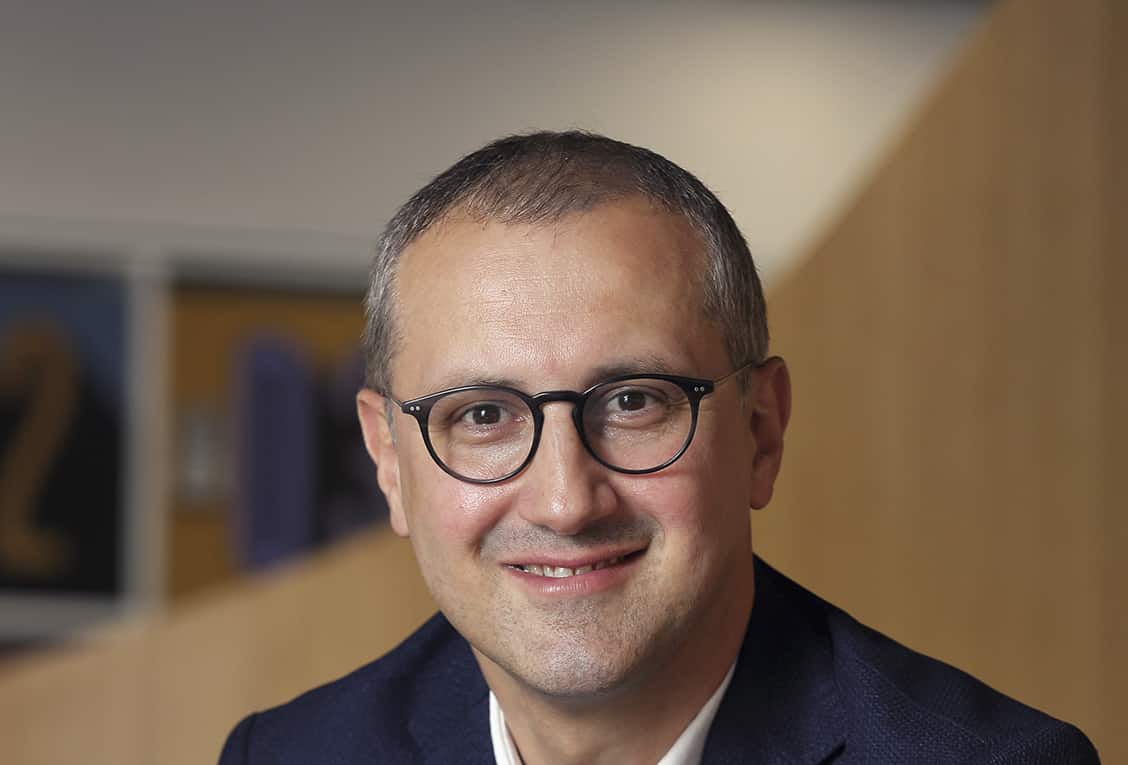Global Finance: As winner of the Best Mobile Banking App, what key elements distinguish your consumer banking offering from that of your peers?
Sezgin Lüle: Our mobile application İşCep delivers a high-level customer experience through a fully customizable UI and a rich set of over 650 functions, including an AI assistant chatbot. İşCep is not just about money transfers—it’s a set of unique functions that facilitate the way customers interact in their daily lives, conveniently and personally.
To give you an idea of the level of customer engagement we are seeing with the app, we have some 14.7 million active customers, more than five million of whom are using the app daily—and logging in over 18 million times.
The tool recently underwent a paradigm shift to achieve “super app” status, and now offers customers the functionality to manage their lives, cars, homes, families, to purchase home appliances, and even manage travel itineraries and TV subscriptions—all through one platform. This functionality goes beyond banking to a wider, seamlessly embedded ecosystem.
All that interplay within the ecosystem provides us with an extra depth of engagement and is why last year customers spent 25% more time in the app. This is how we distinguish ourselves from our peers.
GF: What will have the greatest impact on the consumer banking ecosystem in the coming year?
Lüle: Customer experience will be a major topic in 2024. At Isbank, we will be focused on providing a seamless customer experience, continually improving it by reducing friction and listening to customers to drive engagement.
We are also about to upgrade our AI-assisted chatbot using large language models [LLMs]. As part of this, our AI team has been developing a Turkish LLM to take our conversational banking tool to a totally different level.
More widely, embedded finance will take on a completely different strategic direction in 2024. Today, individual customers are using multiple digital platforms on their smartphones. And we respect that some customers may wish to conduct financial services activities not in our app only, as they engage with nonbank digital platforms for other services. That’s why we are investing in one of Turkey’s biggest digital platforms to offer them banking-as-a-service in 2024. This opening of “financial services shops” in other digital platforms will be another key strategic driver in consumer finance throughout the year.
GF: In a short-termist world, how do you engage staff and customers in your long-term vision?
Lüle: Banking is ultimately about providing services. There’s no factory or goods being produced, so what defines a good customer experience and service is totally dependent on technology. At İşbank we understand that if you’re going to provide a superior customer experience, you need to be sophisticated technologically.
To achieve this, you cannot treat or define technology or IT as a separate, siloed function. Our enterprisewide agile transformation, which we began in 2018, was inspired by the Spotify and ING models and set out to make sure that we transform formerly siloed organizations into cross-functional teams, or “tribes.” Today, we have 25 tribes and more than 1,500 people working in an agile way, where we have cross-functional team members sitting together on the same desk—or in virtual teams if they are working remotely.
In his latest book, The Geek Way, research scientist and author Andrew McAfee describes a cultural paradigm shift toward a new operating model in which agile practices are driven by customer needs, minimum viable planning and development of minimum viable products in an interactive way to make sure that innovation is sustainable in an organization.
In the same way, Isbank’s cross-functional approach has for the past five years provided us with an edge—a new culture where we communicate directly and where decisions are made at the team level, where the information is already being processed—without the need to escalate to senior managers or the C-suite managers. That gives us speed of decision-making and delivery.
When it comes to customer engagement, we periodically consult our client committees before designing. Our young-segment client committee, for instance, helps us talk the same language as our Generation Z customers. We ask them how they value finance, and how they see their lives being impacted by finance—listening to them from the outset. The agile way is about testing and experimentation, and we value feedback from customers so we can ensure a product is perfect before it goes to market. There has been a real cultural shift in how we engage with employees internally and with customers externally, and it is a matter of maturity as levels of efficiency increase over time.



